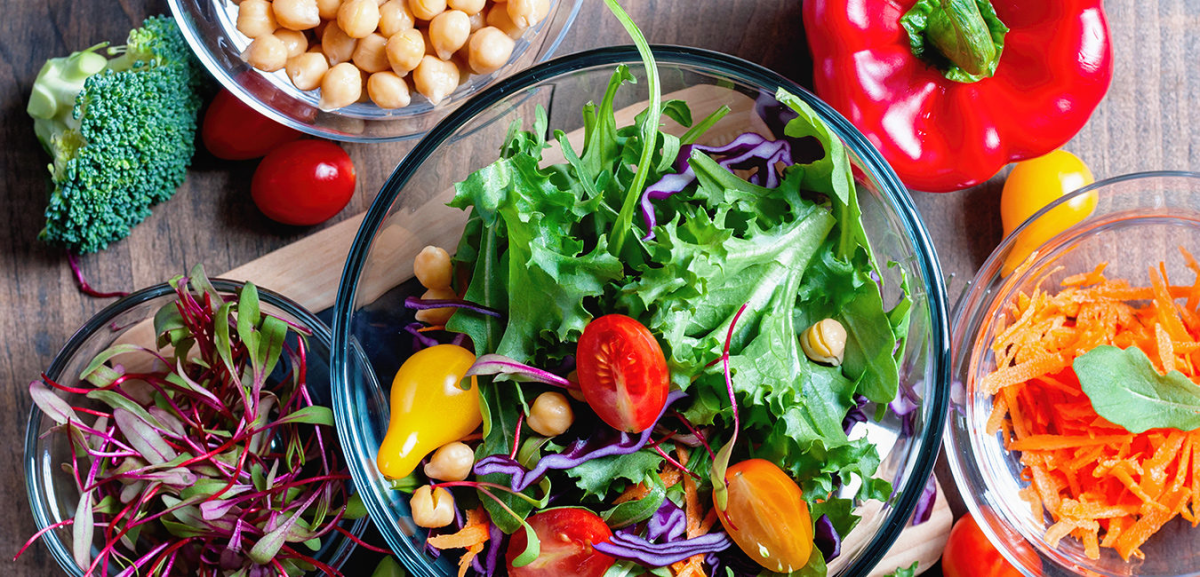For many people wanting to make changes to their physique, it’s commonplace to start a new diet that promise results. Whether those results are permanent or come rapidly determines how long that person is devoted to the diet.
Diets often come with strict regiments that make them difficult to maintain for lifestyle purposes, which is why people alternate these fads for others so often (see Why Changing Your Diet is Irrelevant for Fat Loss). Intermittent fasting, which has become more popular over the last decade, is seen by some in fitness community as another one of these diets, which it’s not.
Intermittent fasting differs from a standard diet, in that it’s a regiment that allows any kind of diet to be consumed within a window of time. The variety of food is not emphasized as much as the frequency of when you eat your meals.
Meals eaten less frequently throughout the day saves you the inconvenience of preparing/shopping, consuming food, and cleaning up afterwards. In addition, intermittent fasting can be cost effective by saving money from excess food spent on groceries or specific foods that have to ordered frequently on most diets.
What is Intermittent Fasting?
Intermittent fasting is a method of alternating between time periods when food is consumed (fed state) to when food is not consumed (fasting state) throughout the day. Fed and fasting states can be changed accordingly, depending on the times of the day an individual chooses to to consume their meals and how long the fast can be prolonged.
For example, a fasting period can be can be as short as 12 hours a day with the other half of the day committed to eating for within 12 hours. To fast effectively, an individual would fast for a minimum of 16 hours with a 8 hour eating window (16/8) to benefit from higher fat burning potential.
Fasting and fed periods vary between 16/8, 18/6, 20/4, and 23/1 OMAD (one meal a day). The longer fast periods are generally used when an individual’s body has become accustomed to going without food for extents of time without feeling hungry or fat loss has become stubborn.
Other variations of intermittent fasting are alternate day fasting, where food is eaten throughout one day and 500 calories or less are consumed on the fasted day. Prolonged fasting is an extension of the fast from a minimum of 3 days to possibly a week or more before the next meal. These are the only fast that need additional supplementation and supervision to be done properly and safely.
The challenges of intermittent fasting come from breaking the conditioned habits of eating and snack grazing from many past years. When we change or stop the times of the day we eat, experiences of hunger can be difficult to overcome.
Fasting allows you to consume certain hot/cold beverages in the fasting window, so you can still drink water, coffee and tea (without sugar) to stay in a fasted state and keep hunger at bay.
People may find that fasting keeps them away from socializing and spending time with family friends since they’re not eating during the day. You can find a ways around this by changing the times you break the fast with food to accompany your lifestyle/social activities.
The benefits outweighs the downsides by far as you will benefit from lowered insulin, cholesterol, blood pressure, triglycerides, glucose levels, and a major boost in growth hormone.
With your hormones working in your favor, you may find that losing fat (especially the abdominal area) is much easier than with traditional low calorie dieting.
The Wrap Up
Intermittent fasting is often misconstrued as another fad as many other dieting trends have come and go over the years. Not only is fasting not a trend, but it has a lasting impact for adapting to a lifestyle that most diets fail to offer. By adapting a healthy diet into an eating window, an individual can make drastic changes to their physique without feeling deprived from the foods they really enjoy.



Leave a Reply
You must be logged in to post a comment.